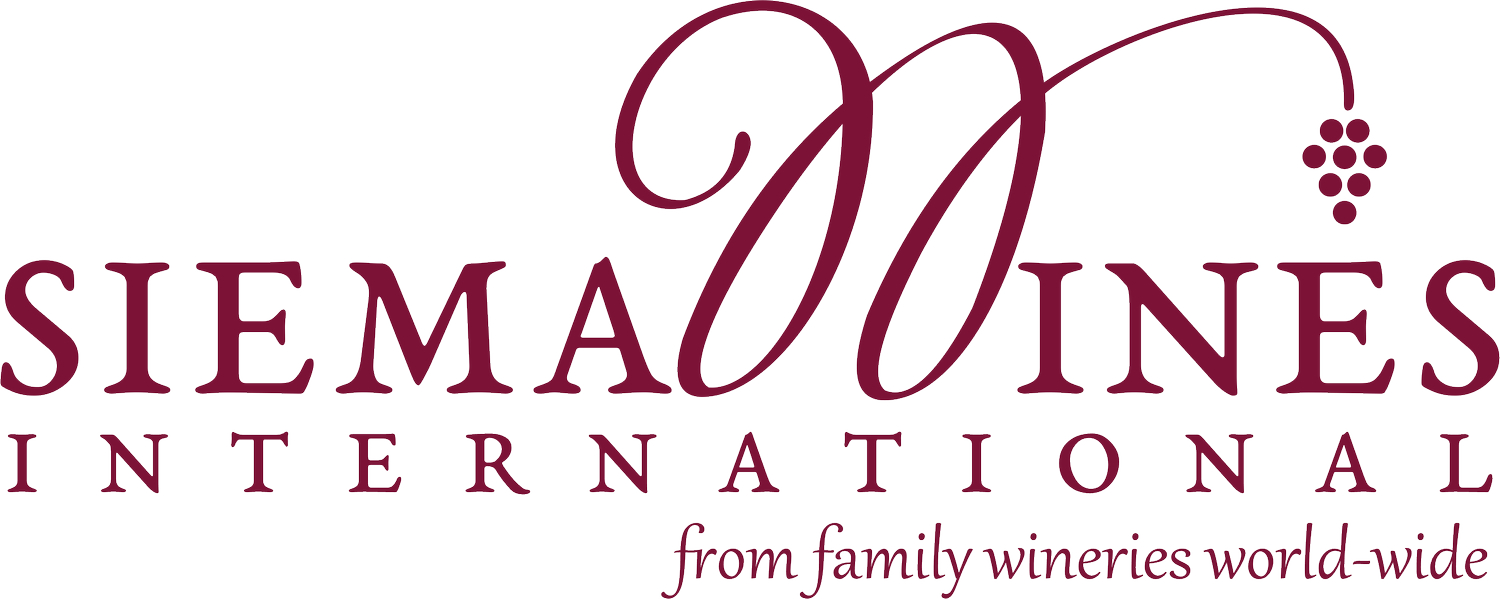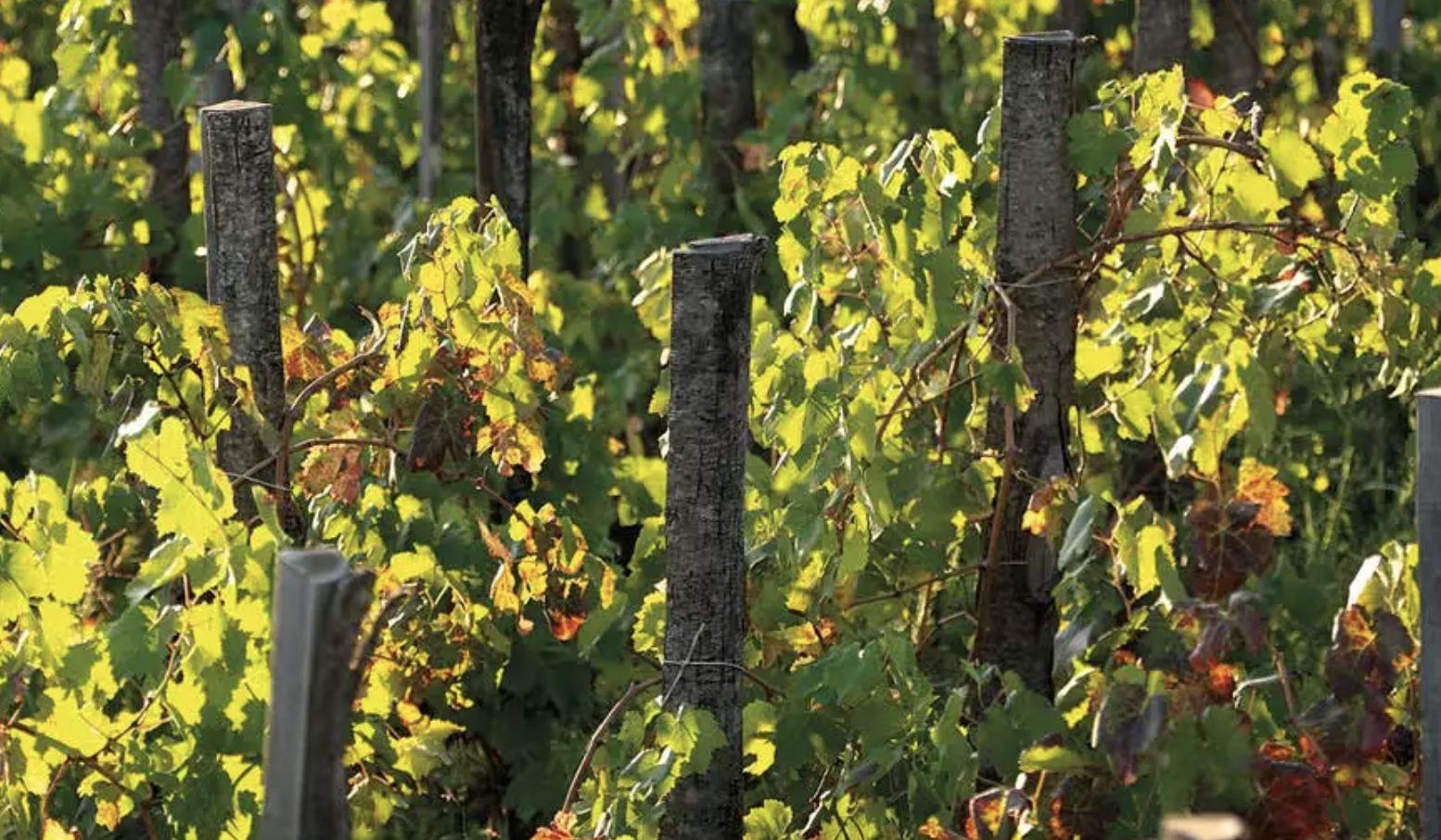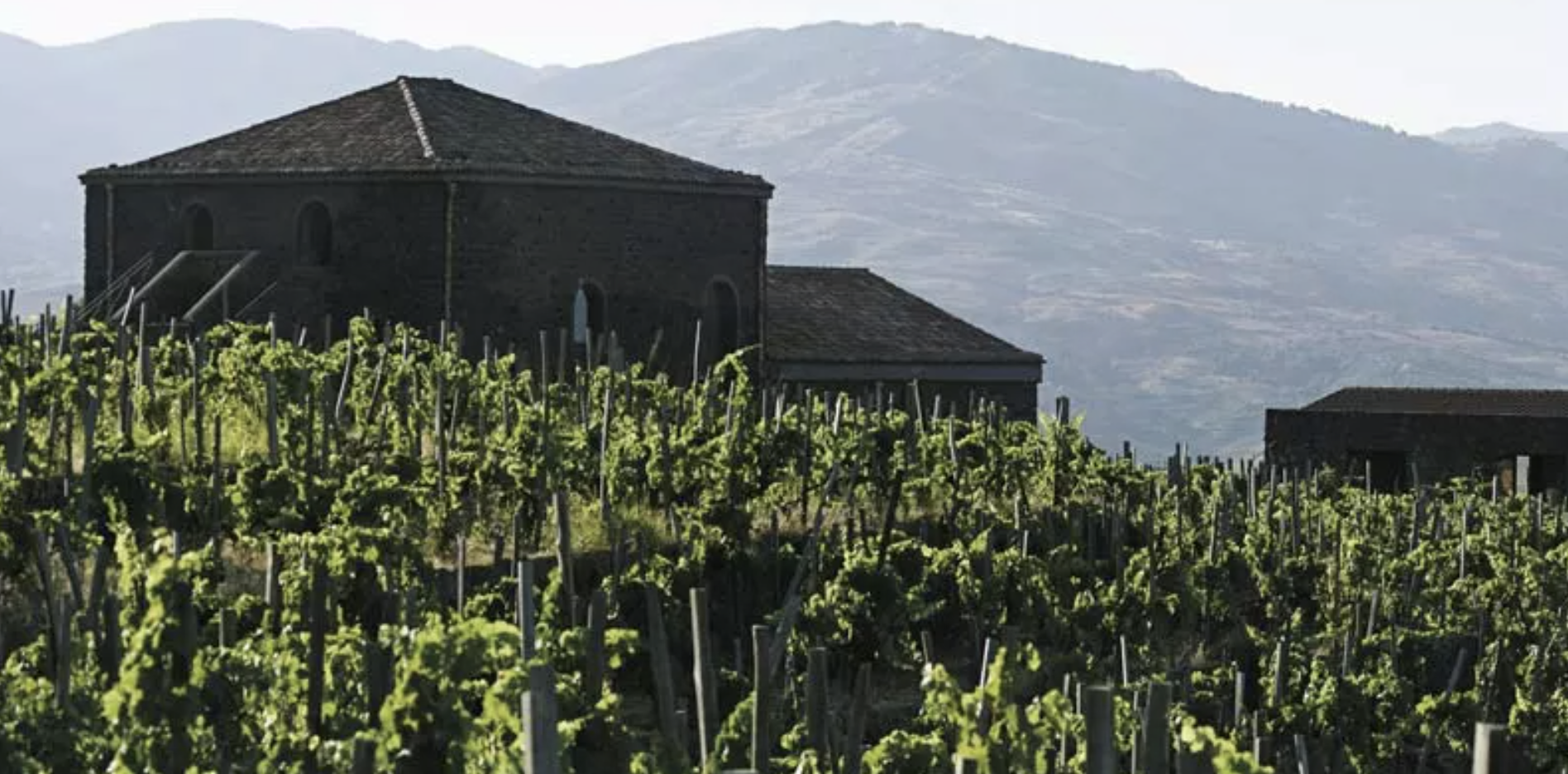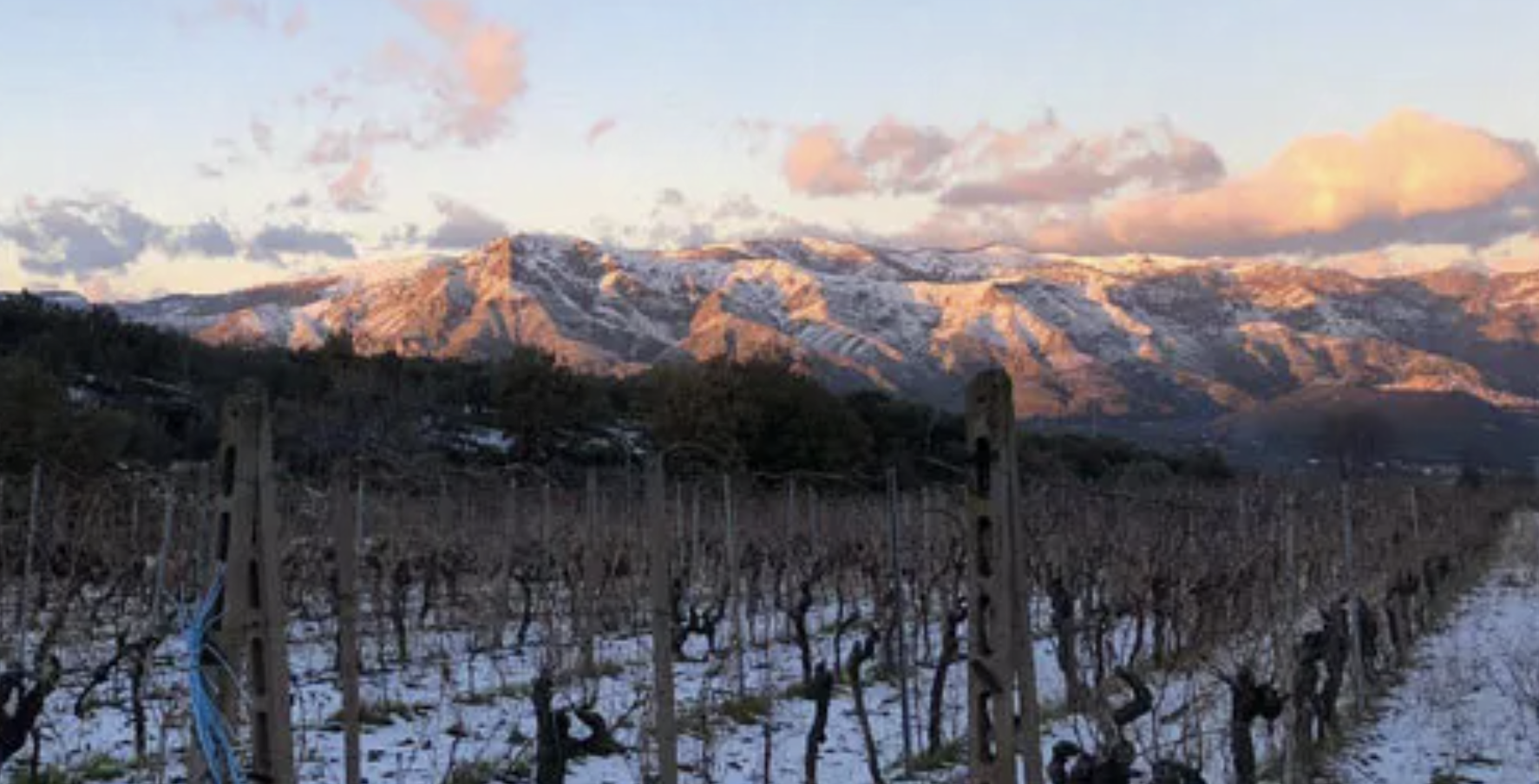Palmento Costanzo
Sicily, Italy
Palmento costanzo
Organic / Sustainably farmed / woman owned
Palmento Costanzo is located in Contrada Santo Spirito, in the village of Passopisciaro, on the north side of the volcano Etna. Palmento Costanzo also has vineyards in Contrada Feudo di Mezzo and Contrada Cavaliere. The Etneo wine-growing areas, identified as contrade (plural for Contrada), are circumscribed geographical areas that differ from each other in terms of microclimate, soil organicity, and exposure to the sun and winds.
In these contrade, Palmento Costanzo cultivates about eighteen hectares of vineyards following the principles of organic agriculture with the greatest respect of regional grape growing tradition. Over one hundred terraces, with dry stone walls in lava stone guard the vineyards planted with sapling, which wind up the slopes of the volcano to 600 to 800 meters above sea level. The century old vines are supported by chestnut poles. The cultivated varieties are the native Nerello Mascalese, Nerello Cappuccio, Carricante and Catarratto.
The renovation of the ancient estate Palmento began in 2010 by the Costanzo family who wished to restore the property to its original dignity. The restoration was conducted according to the principles of bio-architecture, with the utmost respect for the territory, and with the idea of faithfully reproducing the traditional winemaking process in use on Etna.
There are places on the property that convey the presence and identity of Etna. The ‘millstone” testifies to the past and the oenological heritage of the volcano. It is here, in this eighteenth-century building, that the winemakers dedicated themselves to winemaking, carrying out every process, from the pressing of the grapes to the refining of the wine in the large barrels of chestnut.
The modern cellar was built to expand the production of Palmento Costanzo. It is illuminated by an entire wall made up of large windows. Furthermore, thanks to the openings made at the top, in correspondence with the terrace overlooking the vineyards, the cellar is illuminated by five cones that convey light inside, limiting the need for lighting to only the darkest phases of the day. Its thick walls of lava stone guarantee optimal insulation that protects the wines from thermal changes, ensuring a cool temperature even in summer. These characteristics, together with the thermo-labyrinth that runs through it under the floor, allows the winemakers to optimize the environmental energy impact.
“Organic wines come from vineyards conducted in an organic regime, specifically, vineyards managed manually, without chemical weeding, without chemical treatments. But only with minimal interventions allowed by the Bio regulation and common sense.
By selected indigenous yeasts we mean that in 2016 we commissioned the natural selection of the yeasts of our vineyard to a research body, after a year of studies, laboratory and field tests, they were selected from our vineyards rich in biodiversity, some yeast strains with certain qualitative characteristics that we have reproduced and used for the production of our wines. This has allowed us to give the wines a strong territorial character and identity without entrusting the fermentation to casuistry but to managed nature.
Consider that the average enjoyment of Etna wines in general is much more important than wines produced in other areas of Sicily and Italy, these are wines from grapes grown at considerable altitudes and on very fertile and rich soils of microelements.
a. Mofete Bianco (on average 5/6 years)
b. Mofete Rosso (on average 8/10 years)
c. Bianco di Sei (on average 6/8 years)
d. Rosso di Sei (on average 12/14 years)
e. Contrada S.S. 466 (on average 15/18 years)
f. Prefillossera (on average 20/25 years)
2016: Great vintage, perfect balance between temperature, rain and insolation during the most important phenological phases, perfectly ripe fruit from a phenolic and aromatic point of view, accumulation of sugars in perfect balance, a masterpiece of nature. Balanced, non-muscular, harmonious, clean and elegant wines.
2017: Excellent vintage, spring with abundant rains, excellent vegetative awakening, hot summer, very sunny, allowed to obtain an important accumulation of sugars in the correct phenolic and aromatic maturation phase, giving life to richer, opulent, territorial wines, always maintaining grace and elegance.
2018: A year characterized by a beautiful climatic balance during the phenological phases with the exception of the ripening period, where frequent rains alternated with timid moments of sun and significant temperature variations. Vintage that allowed us to obtain great white wines, with characters of freshness, verticality, with intense and delicate aromas of great length and salinity.
2019: This is also an excellent vintage, very similar to 2017, rich, harmonious, territorial and highly enjoyable wines.
2020: Beautiful vintage, the grapes have reached full ripeness, with a correct phenolic, aromatic and alcoholic balance, wines are very much in line with the vintage, elegant and intriguing. There are all the conditions to present another great vintage in a few years.
The characteristic of egg-shaped barrels lies precisely in the geometric shape, their particular shape allows the wine to evolve better due to a very slight movement that the wine undergoes naturally due to the differences in section and temperature between the ends of the barrel , in this way the wine is naturally subjected to a very delicate batonage process, that is the resuspension of the noble lees (yeasts in the lysis phase) which give it protection from oxidation as well as fatness and persistence
I do not know which wines you have tasted from Etna, certainly and fortunately there are many good producers, but I can tell you with extreme sincerity, that we observe, we taste the others but we try to
maintain our personality and our style, or rather we want to offer the market wines that taste of Etna, with elegance, refinement and attention to detail.
Surely for wines with a strong character such as those of Etna, the serving temperature and the correct glass are crucial to allow the best expression of our wines.
”



